Sustainability Initiatives
The Catamaran Market is increasingly influenced by sustainability initiatives, as consumers and manufacturers alike prioritize eco-friendly practices. The demand for energy-efficient vessels has surged, with many catamaran manufacturers adopting sustainable materials and technologies. This shift is evident in the growing popularity of electric and hybrid catamarans, which offer reduced emissions and lower operational costs. According to recent data, the market for electric catamarans is projected to grow at a compound annual growth rate of over 15% in the coming years. As environmental concerns continue to rise, the Catamaran Market is likely to see further innovations aimed at minimizing ecological footprints, thereby attracting a broader customer base that values sustainability.
Technological Advancements
Technological advancements play a pivotal role in shaping the Catamaran Market. Innovations in design, materials, and propulsion systems have led to the development of faster, more efficient vessels. For instance, the integration of advanced composite materials has enhanced the durability and performance of catamarans, while cutting-edge navigation systems improve safety and ease of use. The introduction of smart technology, such as automated sailing systems, is also gaining traction among consumers. Market data indicates that the adoption of these technologies is expected to increase, with a projected growth rate of approximately 10% annually. As these advancements continue to evolve, they are likely to redefine consumer expectations and drive competition within the Catamaran Market.
Rising Popularity of Adventure Tourism
The rising popularity of adventure tourism significantly impacts the Catamaran Market. As more individuals seek unique and exhilarating experiences, catamaran sailing has emerged as a favored activity. This trend is particularly pronounced among millennials and younger generations, who prioritize experiential travel over traditional vacations. Market Research Future suggests that the adventure tourism sector is expected to grow by over 20% in the next five years, with catamaran charters being a key component of this growth. The appeal of exploring remote destinations and engaging in water sports has led to an increase in demand for catamaran rentals and purchases. Consequently, the Catamaran Market is likely to benefit from this trend, as it aligns with the desires of modern travelers.
Emerging Markets and Demographic Shifts
Emerging markets and demographic shifts are reshaping the landscape of the Catamaran Market. As economies in regions such as Southeast Asia and South America develop, there is a noticeable increase in the demand for leisure boating activities, including catamaran sailing. Additionally, demographic changes, such as an aging population with higher disposable incomes, are contributing to this trend. Market analysis suggests that the demand for catamarans in these emerging markets could grow by as much as 12% over the next few years. This shift presents opportunities for manufacturers to tailor their offerings to meet the preferences of diverse consumer bases. As these markets continue to evolve, the Catamaran Market is likely to experience a transformation in its customer demographics and purchasing behaviors.
Increased Investment in Recreational Boating
Increased investment in recreational boating is a driving force behind the Catamaran Market. As disposable incomes rise and leisure activities gain prominence, more consumers are allocating funds towards boating experiences. This trend is particularly evident in regions with favorable climates and extensive coastlines, where catamarans are increasingly viewed as a desirable asset. Recent statistics indicate that the recreational boating market has expanded by approximately 8% annually, with catamarans representing a growing segment of this market. The allure of catamarans, known for their stability and spaciousness, appeals to families and groups seeking enjoyable outings on the water. As investment in recreational boating continues to rise, the Catamaran Market is poised for sustained growth.


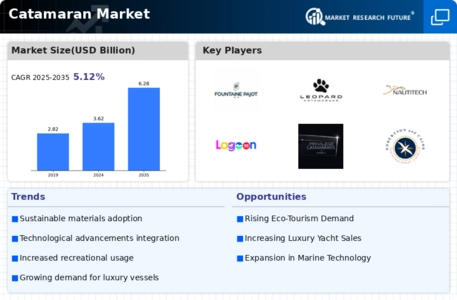
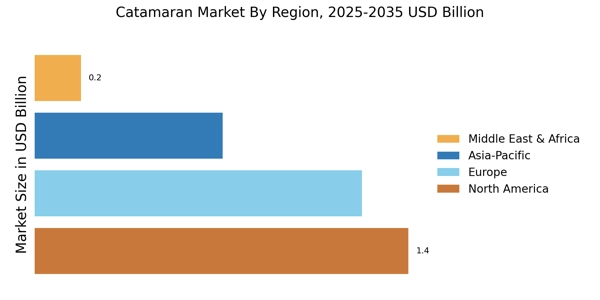
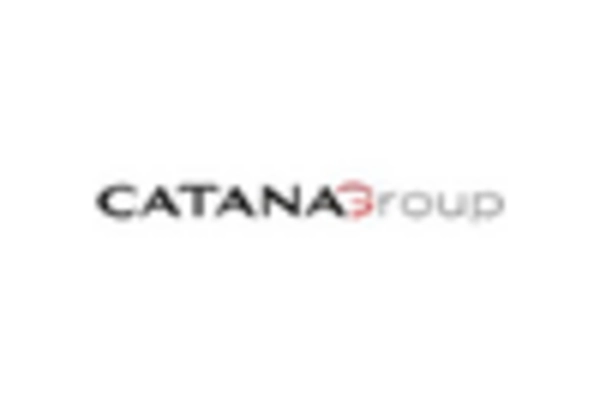
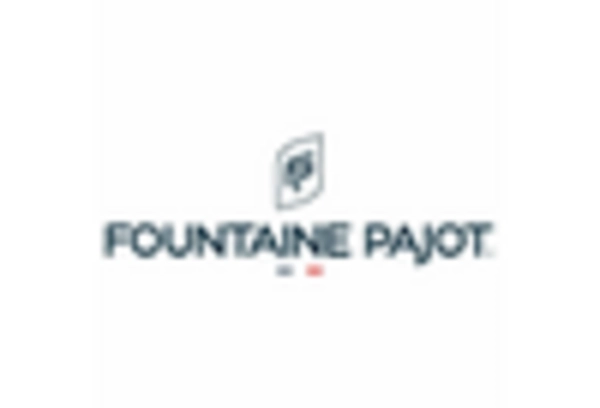
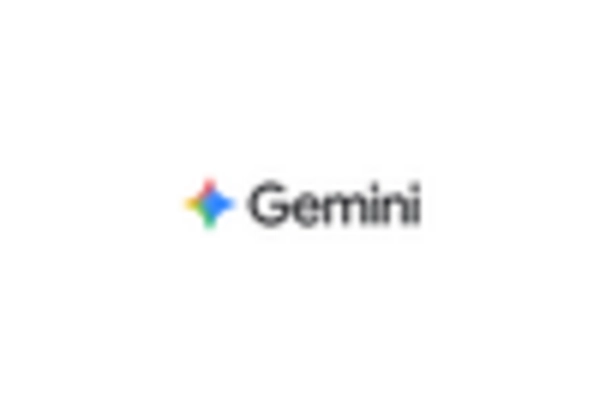
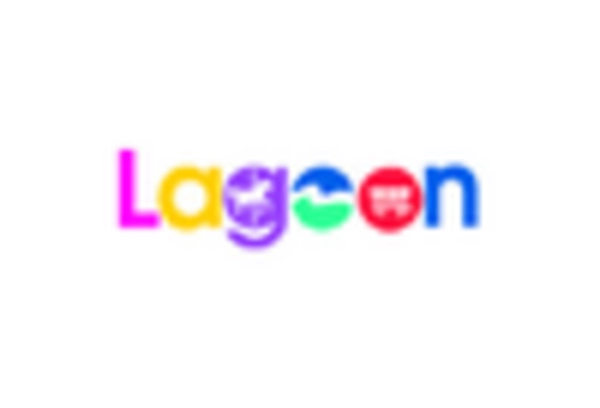
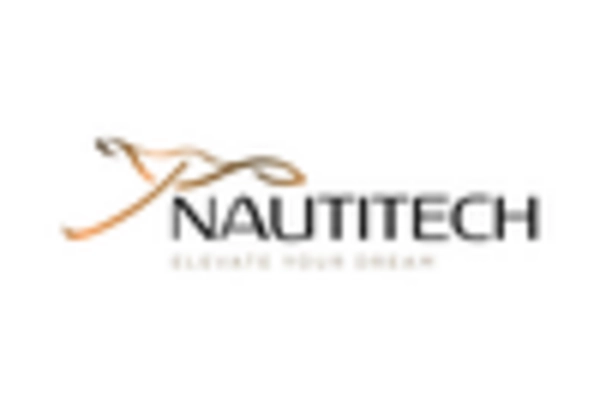
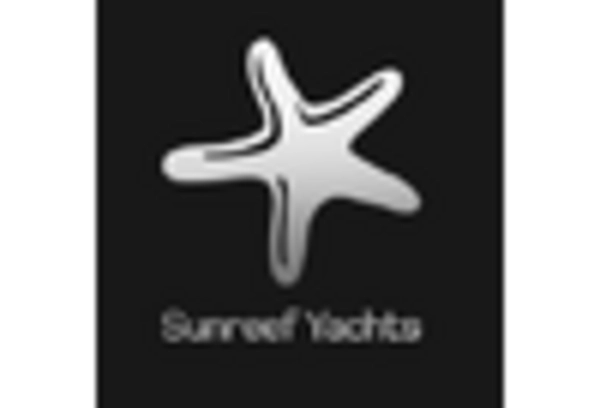








Leave a Comment